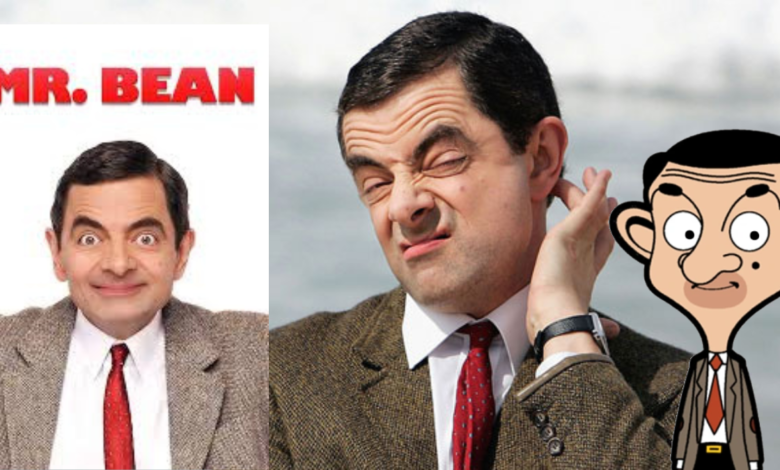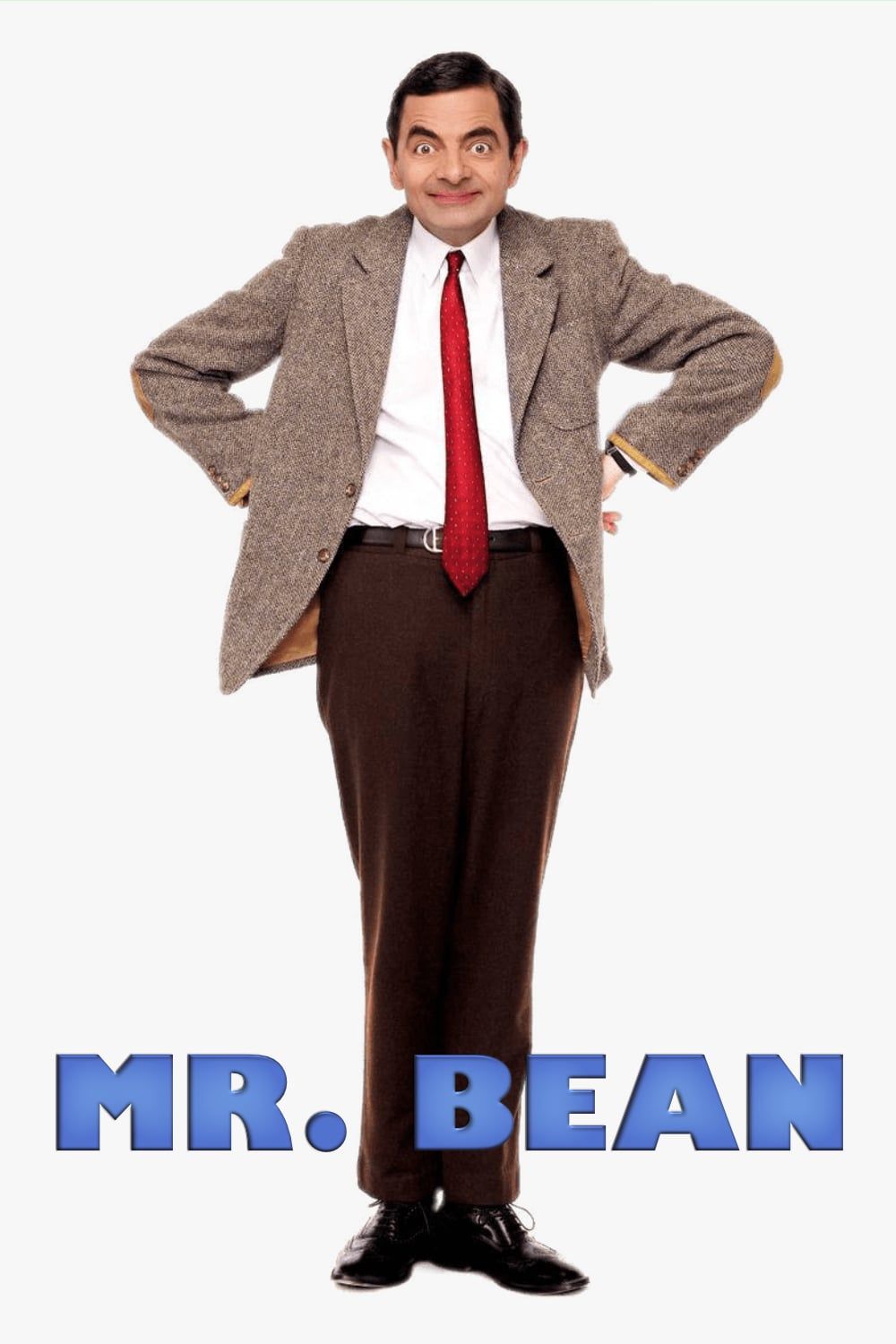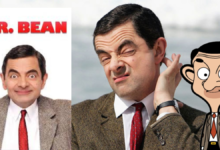The Endearing World of Mr. Bean: A Cultural Phenomenon

Mr. Bean, the beloved British sitcom character created by Rowan Atkinson, is more than just a comedic figure; he’s a cultural icon that has transcended borders and generations. With his distinctive mannerisms, minimalist dialogue, and slapstick humor, Mr. Bean has charmed audiences worldwide, making him a staple in comedy history. This article will delve into the whimsical world of Mr. Bean, exploring his origins, impact on popular culture, and the reasons behind his enduring appeal.
The Genesis of Mr. Bean

The story of Mr. Bean begins in the late 1980s when Rowan Atkinson and his team conceived a character who would redefine physical comedy. Atkinson, already known for his work on “Not the Nine O’Clock News,” wanted to create a character that relied more on visual gags and less on dialogue. The result is Bean, a childlike man who finds himself in absurd situations, navigating life with a blend of innocence and mischievousness.
From the very first episode, viewers were captivated by Bean’s quirky antics and distinctive appearance: his iconic tweed jacket, red tie, and, of course, his expressive face. The character’s lack of verbal communication made him relatable to a global audience. Mr Bean’s adventures often involve everyday situations—a trip to the dentist, a visit to the beach, or a simple outing to the grocery store—that spiral into hilarity due to his clumsy approach.
The first episode aired in 1990, and it didn’t take long for Mr.Bean to become a household name. The show’s success was partly due to its universal humor, transcending language barriers. As a result, it was dubbed and broadcast in numerous countries, reaching millions of viewers and solidifying Mr.Bean’s status as a global icon.
The Evolution of Mr. Bean
Over the years, Mr. Bean has evolved from a television character into a multi-faceted brand. Following the original series, which ran for five years, Mr. Bean ventured into feature films. The first film, simply titled “Bean,” was released in 1997 and showcased Mr.Bean’s antics on an international stage, further broadening his appeal. The film was a commercial success, proving that the character could thrive in both short episodic formats and feature-length narratives.
In 2007, a sequel titled “Mr. Bean’s Holiday” was released, allowing the character to explore the beautiful landscapes of France. This film retained the classic humor that fans loved while introducing new characters and settings, further enriching the Mr.Bean universe. The blend of physical comedy, visual storytelling, and simple yet engaging plots made both films resonate with audiences, ensuring that Mr Bean remained relevant in an ever-changing entertainment landscape.
Moreover, Mr. Bean’s adaptability is evident in various spin-offs and adaptations. Animated series, merchandise, and even a successful YouTube channel have kept the character alive and thriving. The animated version of Mr Bean has attracted a younger audience, introducing them to the character’s whimsical world and ensuring that the legacy continues.
The Art of Physical Comedy
What sets Mr.Bean apart from other comedic figures is the mastery of physical comedy that Rowan Atkinson showcases in every episode. The character’s humor is built on exaggerated movements, expressive facial expressions, and situational absurdities. Atkinson’s ability to convey emotions without words is a testament to his talent as a performer and the universal appeal of physical comedy.
Mr. Bean’s interactions with the world around him often lead to chaotic and humorous outcomes. Whether he’s attempting to drive his iconic green mini or navigating social situations, his childlike curiosity and utter disregard for the rules create a comedic juxtaposition that keeps audiences laughing. Each episode is a masterclass in timing, with Atkinson’s physicality playing a crucial role in delivering punchlines without uttering a single word.
Moreover, the comedic simplicity of Mr.Bean’s adventures allows viewers to immerse themselves in the absurdity of everyday life. From misplacing a cake to inadvertently causing havoc in a public setting, his experiences reflect the little annoyances we all encounter, albeit in a far more exaggerated and entertaining manner. This relatability, combined with Atkinson’s impeccable physicality, is a significant reason why Mr. Bean continues to resonate with audiences.
The Cultural Impact of Mr. Bean
The cultural impact of Mr. Bean is nothing short of remarkable. His influence extends beyond television and film; he has become a symbol of laughter and joy across cultures. Mr.Bean’s character has been embraced in various forms of media, from comic strips to video games, further embedding him into the fabric of popular culture.
Mr. Bean’s unique blend of humor has also inspired countless comedians and entertainers. His influence is evident in the work of those who prioritize physical comedy, showcasing the enduring legacy of Atkinson’s creation. Comedians often cite Mr. Bean as a pivotal inspiration in their careers, highlighting the character’s ability to connect with audiences through humor that transcends language.
Additionally, Mr. Bean has played a role in promoting British culture internationally. The character’s quirks, such as his love for tea and tendency to navigate situations with awkward charm, have introduced viewers to a slice of British life. This cultural exchange has fostered a sense of familiarity and affection for British humor worldwide, allowing Mr Bean to serve as an ambassador for comedic tradition.
- Bean and the Modern Era
In today’s digital age, Mr. Bean has successfully transitioned into the realm of social media. With a robust presence on platforms like YouTube, where millions flock to watch his classic moments, Mr Bean remains relevant to younger audiences. The shareability of his content—timeless, wordless humor—makes it ideal for quick consumption in today’s fast-paced world.
Moreover, Mr. Bean’s character has proven to be adaptable in the face of changing societal norms and humor styles. While some comedic figures may struggle to maintain their relevance in the modern era, Mr. Bean’s charm lies in his simplicity and innocence. His antics are free from the complexities of contemporary social commentary, allowing viewers to enjoy lighthearted entertainment without reservations.
The character’s enduring popularity also speaks to the universal need for humor in times of uncertainty. During challenging times, Mr. Bean’s lighthearted escapades offer an escape, reminding us of the joy found in the simple absurdities of life. This timeless appeal ensures that Mr. Bean will continue to be a source of laughter for generations to come.
Conclusion: The Timelessness of Mr. Bean
In a world where trends come and go, Mr. Bean remains a steadfast figure in the realm of comedy. The character’s unique blend of physical humor, relatable situations, and universal appeal has solidified his status as a cultural phenomenon. Whether through television, film, or digital media, Mr. Bean continues to bring joy to millions around the globe.
Rowan Atkinson’s portrayal of Mr. Bean is a testament to the power of visual storytelling. The character’s ability to connect with audiences, regardless of language or culture, highlights the timeless nature of humor. As we navigate through the complexities of modern life, the innocence and charm of Mr. Bean remind us of the importance of laughter and the simple pleasures that can be found in everyday situations.
In celebrating Mr. Bean, we celebrate the joy of comedy itself—a reminder that even in the most mundane moments, there’s always room for a little laughter. Whether you’re a long-time fan or a newcomer to the whimsical world of Mr. Bean, one thing is certain: the character will continue to bring smiles for years to come.
